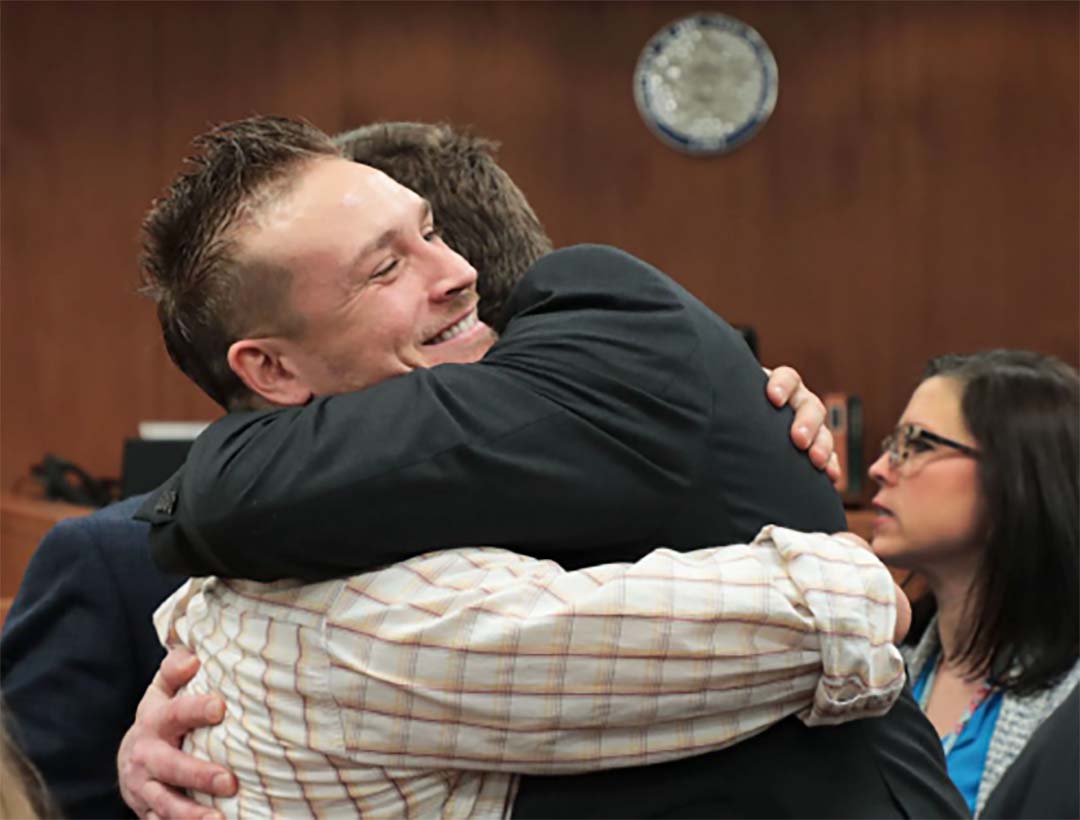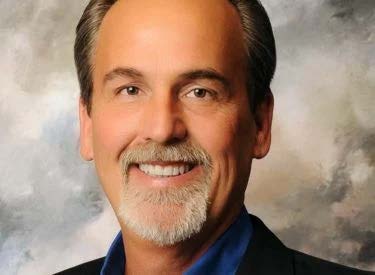Tulsa People Feature: Stepping up
Prison diversion program offers young men a different future
Last year, Miguel Chavez was facing a minimum two-year sentence for possession of marijuana with intent to distribute. With the threat of prison time looming, he was living day-to-day with little hope for the future. But a new program helping young men avoid incarceration has given Chavez and others something they never expected—a second chance.
Chavez was one of three recent inaugural graduates of the Tulsa-based First Step Male Diversion Program, which launched in 2016 with the goal of ending the “school-to-prison pipeline” for young men in Oklahoma aged 18 to 25. He now plans to return to school and become an architect.
“Probably the most important thing I was taught was to always have a dream,” he said to a room of spectators at the Tulsa County District Courthouse. “Without a dream, you have no vision. Without any vision, you have no goals. Without any goals, you have no motivation. Motivation is the key to being successful.”
A February study from Workforce Tulsa and The University of Tulsa College of Law’s Lobeck Taylor Community Advocacy Clinic found that justice-involved individuals face major barriers to finding jobs. Obstacles include employer discrimination, complex expungement practices, occupational licensing regulations, excessive wage garnishment for child support, fees and fines related to incarceration, and barriers to housing.
Tulsa’s Women in Recovery program has helped divert women from prison since 2009, in response to Oklahoma’s record-setting female incarceration rate. But now that the state has overtaken Louisiana as the country’s leading incarcerator of men as well—with a combined incarceration rate higher than anywhere else in the world—the need for a similar program for men became clearer than ever.
During his 15-year career as a public defender, David Philips—now executive director of First Step—wondered why this need wasn’t being met. “I had seen the birth of the Women in Recovery program … [and] my question was, ‘Why aren’t they doing this for men?’”
Men are incarcerated at eight times the rate of women in Oklahoma, Phillips noted, and 30 to 40 percent of the young men in the First Step program are fathers. “One thing that the criminal justice system has done is that it’s broken up the nuclear family, so we have an intergenerational problem of crime,” he said. “We need to attack this problem from [all] genders.”
When it became clear that a program for men wasn’t going to materialize on its own, Phillips got together with people in the community from the rehabilitation arena, as well parenting groups, district attorneys, and others—including retired Tulsa County Judge Bill Kellough, who now serves as president.
“We began talking about it for about a year, just planning how and what we needed to do and what we needed to incorporate,” Phillips said.
In July 2017, the first young men were placed in the program. Today there are eight enrollees, and Phillips expects it to continue to grow. By the end of the year, he hopes to have 20 to 25 participants in the program, which focuses on men convicted for non-violent crimes who are at a high risk to re-offend. Phillips said each person completes the track at their own pace, over the course of about 12 to 18 months. “It really depends on the individual,” he said.
The program, which relies on the income of private donations, is cheaper than sending someone to prison. It costs about $20,000 to house someone in prison for a year, while the diversion program costs around $18,000 per individual, according to Phillips.
“We believe we make a better person at the end of the process, whereas a person coming out of the penitentiary doesn’t have any of the skills or mechanisms where they can cope with the life they are being thrown back into,” he said.
There are four phases to the program: stabilization, engagement, maintenance, and re-entry or transition. Throughout the program, the men focus on sober living, therapy, working, job skills and training, and parenting and life skills. "By the time they hit phase two or phase three, we are hoping they are employed full-time on a trajectory for some sort of career," Phillips said.
For graduates like Miguel Chavez, this means possibilities for the future which once seemed out of reach. Chavez is excited about what lies ahead after graduating from the First Step Male Diversion Program. “It’s changed my life around,” he said. “It’s taught me what it means to be healthy, both mentally and physically. It helped me to see who I really am as a person.”
Share this story
Stay Informed
Thank you for signing up for our Newsletter.
You can now stay up to date with the latest from 1st Step MDP
Oops, there was an error signing up.
Please try again later.
All Rights Reserved | 1st Step Male Diversion Program
Privacy Policy | Site by BlackMatter Creative







